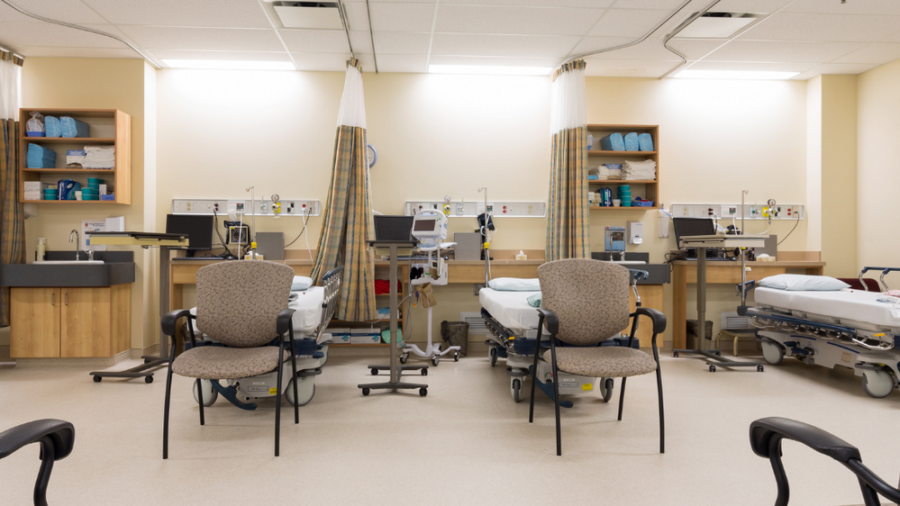Maintaining a clean and hygienic environment is paramount in healthcare facilities. The importance of proper cleaning goes beyond aesthetics – it directly impacts patient well-being, staff safety, and overall facility reputation. In this blog post, we’ll explore the essential steps and considerations for properly cleaning healthcare facilities to ensure a safe and sanitary environment.
- Understanding the Unique Challenges: Cleaning healthcare facilities comes with unique challenges due to the nature of the environment. The presence of infectious agents, sensitive medical equipment, and the need for specific disinfection protocols require a tailored approach to cleaning. Understanding these challenges is the first step in developing an effective cleaning strategy.
- Establishing a Cleaning Protocol: A well-defined cleaning protocol is crucial for healthcare facilities. This includes creating a schedule for regular cleaning tasks, detailing the specific cleaning methods for different areas, and identifying high-touch surfaces that require more frequent attention. Having a standardized protocol ensures consistency and thoroughness in the cleaning process.
- Using Healthcare-Approved Cleaning Products: Not all cleaning products are suitable for healthcare environments. Using approved disinfectants and cleaning agents is essential to eliminate harmful bacteria and viruses. Ensure that the products meet industry standards and are effective against healthcare-associated infections. Additionally, consider environmentally friendly options to align with sustainability goals.
- Prioritizing High-Touch Surfaces: In healthcare facilities, high-touch surfaces such as doorknobs, handrails, light switches, and medical equipment must be prioritized during cleaning. These surfaces are more susceptible to harboring harmful microorganisms and should be disinfected on a regular basis to prevent the spread of infections. This is especially important for vulnerable patients since they are more at risk.
- Training Staff on Proper Cleaning Procedures: Effective cleaning in healthcare facilities is a collaborative effort involving the entire staff. Providing comprehensive training on proper cleaning procedures, including the correct use of hospital-grade disinfectant products and equipment, is crucial. Regular training sessions ensure that staff members stay updated on the latest cleaning protocols and best practices.
- Utilizing Advanced Cleaning Technologies: Advancements in cleaning technologies can enhance the efficiency and effectiveness of cleaning processes in healthcare facilities. UV-C light disinfection, antimicrobial coatings, and touchless cleaning systems are examples of innovations that can supplement traditional cleaning methods and help clean things such as bodily fluids.
- Adhering to Regulatory Standards:Medical facilities must adhere to stringent regulatory standards and guidelines. Familiarize yourself with these standards, such as those set by the Centers for Disease Control and Prevention (CDC) and the Occupational Safety and Health Administration (OSHA), and ensure that your cleaning practices align with these requirements.
- Implementing Infection Control Measures: Infection control is a critical aspect of healthcare facility cleaning. Implement measures such as isolation protocols, proper waste disposal, and thorough disinfection in areas with a probability of contamination. This proactive approach helps prevent the spread of infections within the facility.
Properly cleaning healthcare facilities is not just a matter of aesthetics – it is a fundamental aspect of providing safe and quality patient care. Creating a clean environment for patients and staff in a healthcare setting involves understanding unique challenges, implementing effective cleaning protocols, using approved products, and prioritizing high-touch areas. Maintain the highest standards of cleanliness for your medical facility and contact us today!

